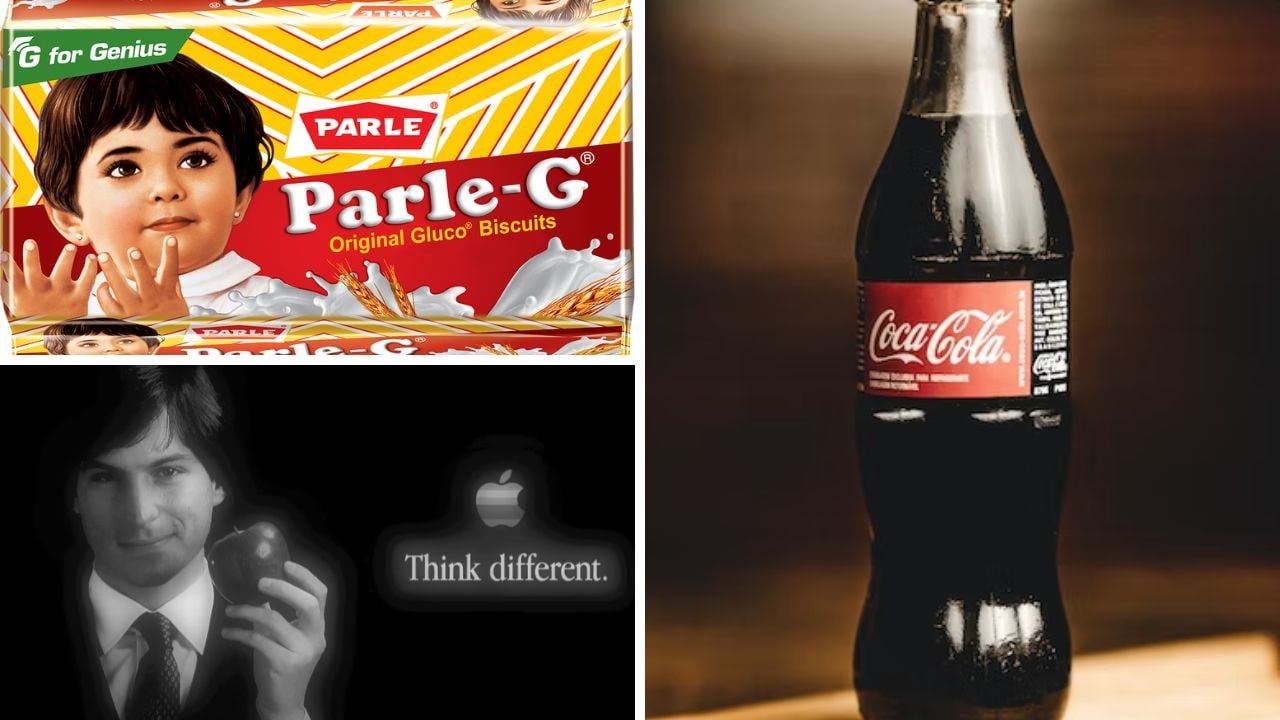Nostalgia is a powerful emotion that can transport us to happy moments of the past. It is a feeling of warmth and affection for experiences that we have had, and it can be triggered by anything from the scent of a perfume to the sound of a song. Modern marketers have recognised the power of nostalgia, and they are using it to their advantage in shaping brand image and to connect with consumers, creating a lasting impact on a brand’s equity.
The strategy works best when brands are able to connect their products or services to elements of the past that resonate with consumers. This can be done by incorporating vintage design elements or using imagery that harkens back to a simpler time.
For example, Coca-Cola’s classic bottle design has remained virtually unchanged since its inception and this iconic design element has become synonymous with the brand. By connecting their brand identity to nostalgic elements, companies can create a sense of familiarity and comfort for consumers.
Social media platforms have become a powerful tool for nostalgia marketing. Brands can leverage the power of social media to reach a wider audience and create a sense of community around their brand. Hashtags on Instagram have become a popular way for users to share nostalgic photos from the past.
By incorporating hashtag search into their social media strategy, brands can tap into the power of nostalgia and create a sense of connection with their followers. They also help categorise posts, increase engagement, attract followers to a certain niche which strengthen a brand image and help reach a target audience.
Being powerfully associated with positive effects on our psychological well-being, the integration of nostalgia in brand marketing also increases feelings of social connectedness and divulges a sense of meaning and purpose. The emotional quotient associated with it helps set the brand messaging among consumers, and when marketed the correct way, awakens positive emotions in them by helping recall happy memories.
For example, Parle-G biscuits have been a staple snack for many generations, evoking a sense of nostalgia and warmth in consumers. The emotional connection that people have with Parle’s biscuits is a key factor in setting the brand messaging among consumers. With their signature taste and packaging, Parle G biscuits have become an iconic part of Indian culture and continue to evoke feelings of comfort and familiarity, making them a trusted and beloved choice for consumers.
The success of a nostalgia-based campaign is highly dependent on the verbal and visual cues used. Verbal cues can include slogans, jingles and catchphrases that evoke memories of the past. The McDonald’s “I’m lovin’ it” jingle is instantly recognisable and has become synonymous with the brand.
Visual cues can include design elements, such as typography and color schemes, that are reminiscent of a particular era. By using these cues, brands can create a sense of familiarity and comfort for consumers.
The essence of nostalgia marketing lies in meaningful storytelling. By telling a compelling story that resonates with consumers, brands can create an emotional connection that goes beyond the product or service they are selling. This emotional connection can lead to increased brand loyalty and ultimately, increased sales.
Apple’s “Think Different” campaign told the story of innovators and creative thinkers who had changed the world. By aligning their brand with these values, Apple was able to create a powerful emotional connection with consumers that translated into increased sales.
Nostalgia marketing can be particularly effective in reaching multiple generations. By tapping into elements of the past that resonate with different age groups, brands can create a sense of shared experience that crosses generational lines. By using nostalgia, brands have created campaigns that connect with both older and younger generations and create a sense of shared experience.
In conclusion, nostalgia marketing has proven to be a popular strategy for modern marketers in shaping brand equity. By connecting with consumers through elements of the past, brands create a sense of familiarity, comfort, and emotional connection that leads to increased brand loyalty and sales.
Verbal and visual cues, social media integration, and meaningful storytelling all play important roles in ensuring the success of a nostalgia-based campaign. As marketers continue to seek out new ways to connect with consumers, it’s likely that we’ll continue to see nostalgia play a significant role in shaping brand identity and equity.
Mayank Shah is the senior category head at Parle Products. Views expressed are personal.
